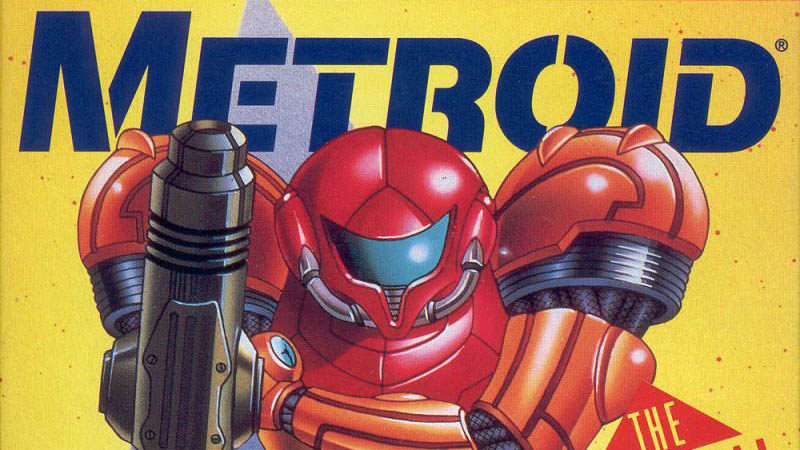
When Metroid came out in the summer of ’87, it was breaking new ground. Like most pioneers, it endured an unbelievable struggle since there was nothing else to base it upon. In the 80s, you couldn’t compare it to anything else, since it was completely original.
Metroid has been considered a classic for decades, but is it truly worthy of being an immortal mainstay? There are plenty of NES titles that can be enjoyed by anyone today. Enjoying Metroid requires a big asterisk, and maybe Metroid is around today because of its incredible sequels. A lot of the success of the first Metroid can be attributed to cultural osmosis.
Anyone who played it in the late 80s or early 90s would only be able to enjoy it with a player’s guide, or was a subscriber to Nintendo Power magazine. The internet certainly changed the landscape of how we consume games, and later ports would include additional QOL enhancements. Just how well has Metroid aged and is it worth playing today?
Metroid
Developer: Nintendo R&D1 / Intelligent Systems
Publisher: Nintendo
Platforms: Gameboy Advance (reviewed), GameCube (via Metroid Prime unlockable), NES Classic Mini, Nintendo 3DS (via eShop), Nintendo Entertainment System, Wii (via eShop), Wii U (via eShop)
Release Date: August 15th, 1987
Players: 1
Price: $5.99 (eShop)
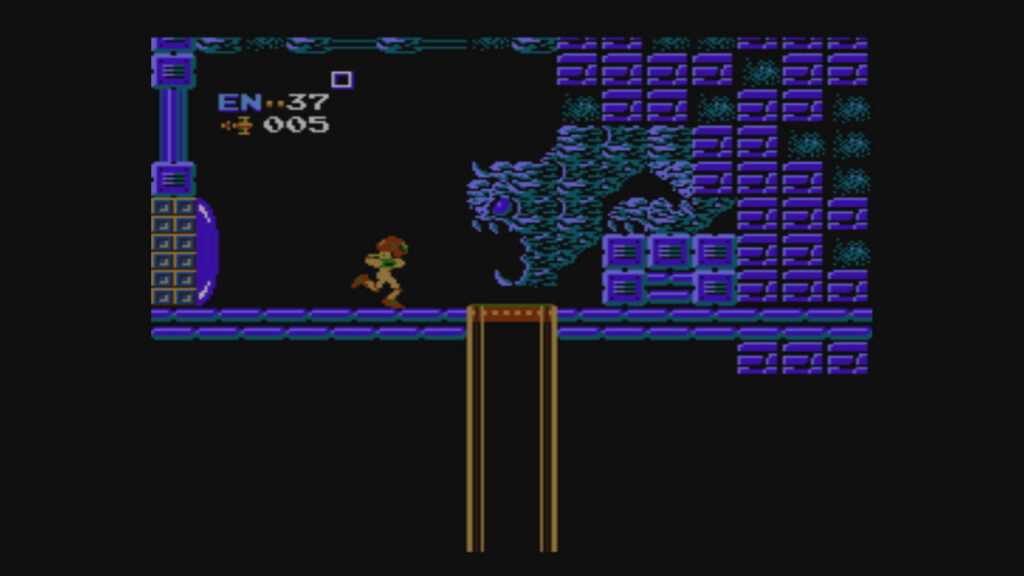
Playing Metroid is like voluntarily experiencing a nightmare. You hate every minute of it, but you want to keep going because you keep doing a little better each time. A lot of it has to do with its uncomfortable and eerie retro imagery that compounds with hauntingly hypnotic music.
The oppressive and bleak blackness that is present in every background emanates from the screen, only adding to the surreal alien moodiness. Many of the sprites are indescribable patterns that have an evil presence to them, as if they were designed by tortured souls.
8-bit sprite art can be very abstract; you’re never sure what you are looking at except for the fact that the environment is extremely hostile. Navigating these surreal cyber-nightmare tunnels and caves can also be very disorientating since there are so few landmarks, and Metroid was made before in-game maps were a standard.

Getting lost in Metroid is seemingly intentional to its design. In the 1980s, it was expected of players to draw up their own maps and immerse themselves into the world by putting more of the onus on them. Today this is bold, and at risk at sounding extremely cliched; it is something that the Dark Souls games do so well. However, Metroid‘s level design is obviously lacking the advancements in technology that From Software has.
Metroid came out in a time when looping environments were not so uncommon. Since the areas tend to look alike and might be really long, suspecting that Samus might have wandered into an infinite loop was a possibility. This makes exploration extremely exhausting, since so many areas can look alike. The NES could not store enough sprites at the time, so everything ends up looking the same.
Unless you have a guide and use some passwords, there is little hope of ever beating Metroid. The game mockingly does not even let Samus start with full health. Hit detection is really spotty, and the meager i-frames allotted can easily send Samus into a chain of health loss until she is dead.
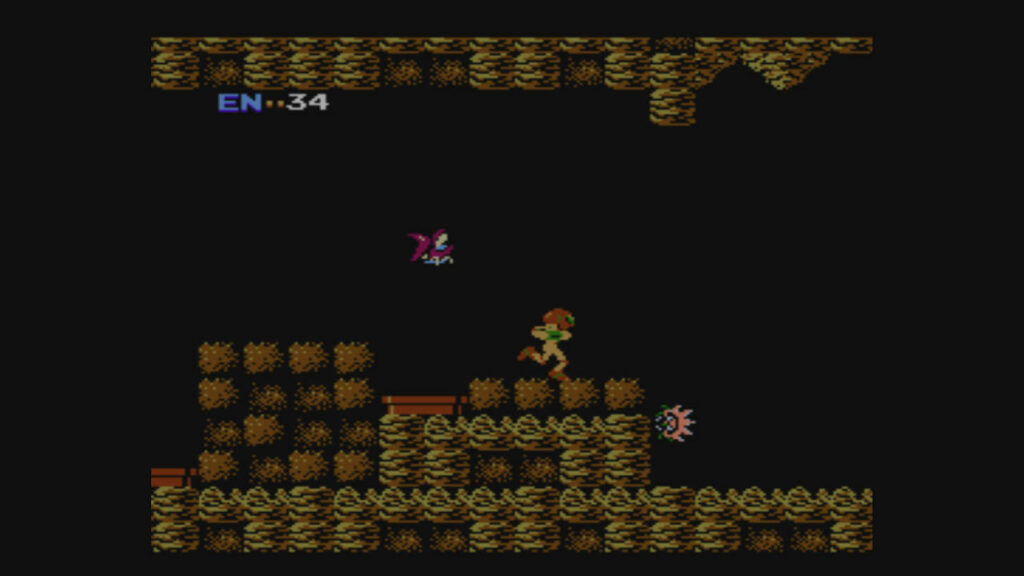
Restoring health requires the destruction of the indigenous lifeforms. This in itself is not so bad, since it establishes a fair tug-of-war with keeping HP high and the aggressive fauna, making combat necessary. What is frustrating is the soul crushing tedium of farming for the abstract HP restoratives.
Throughout Samus’ hunt, she will encounter what looks like Super Mario-style warp pipes that infinitely spawn very basic flying threats. Whenever resources are low, expect to stand around these things and to blast whatever comes out in hopes of some useful drops; be it extra missiles or health pick-ups. A lot of the time, these creatures won’t drop anything, since it is almost random.
Having to farm for several minutes when you are so eager to face one of the two bosses in the game really deflates excitement. Obviously, later entries the series would address this by incorporating health stations that instantly refill all HP.
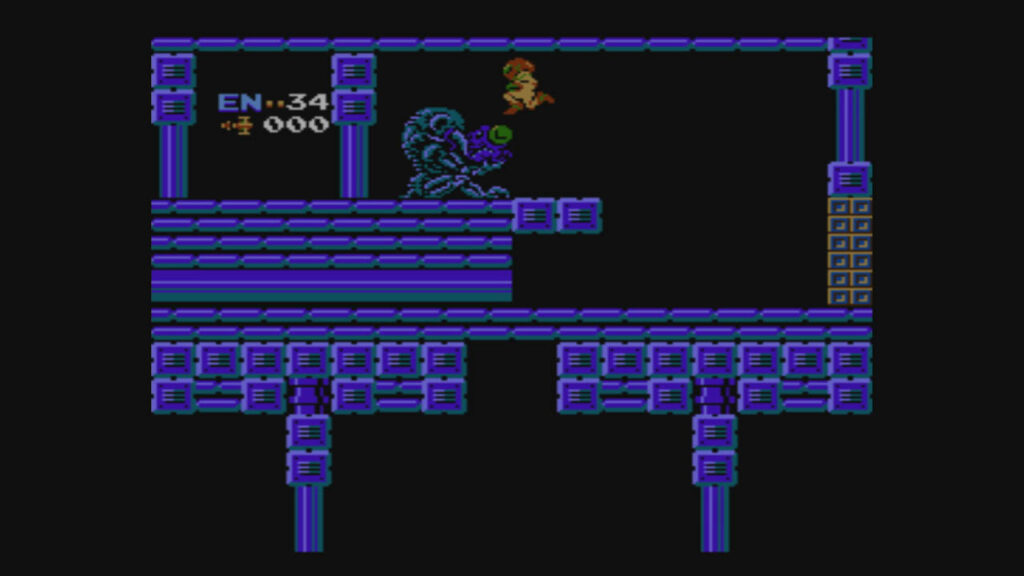
One of the biggest issues with Metroid is that is has no proper save function on the NES. If you played the Famicom Disc System version, you’d be treated with a Legend of Zelda style save file mechanic, which every western gamer got shafted on. Instead, make way for a 24 character long passcode system.
Metroid’s passcode is a headache, but it does come with some interesting qualities. The way it works is not that dissimilar from a Game Genie cheat device, where the game’s code is given instructions based on what values the player inputs at the code screen.
The effects can lead to extremely undesirable situations where the game is unwinnable if passcodes are entered incorrectly. The only upside to all this is that it becomes extremely easy to effectively “hack” Metroid. You never see games released today where the player is afforded the option to freely break it.
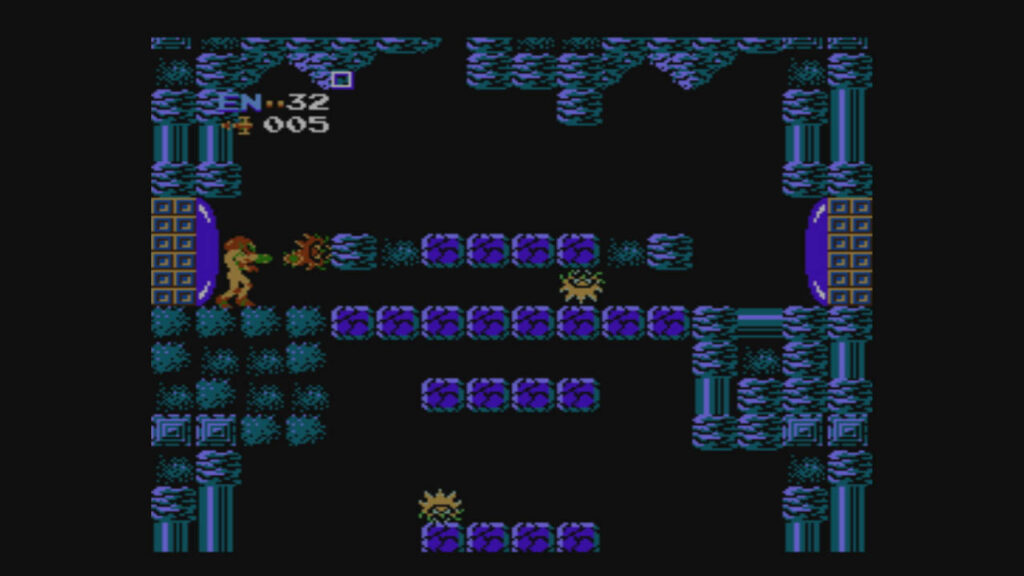
There have been some measures to address the passcode issues with later releases. On the NES Classic Edition, 3DS and WiiU eShop versions, the need for codes have been circumvented entirely since save states became an option.
This only highlights just how frustrating it is to play Metroid, since it means people can find themselves abusing the save states. This was a very difficult game even in its day, and if there is a means to avoid taking any damage (so that there is no need to grind to restore HP), people will take that chance.
The middle ground is to play Metroid on GBA from the Classic NES line of ports. This is almost a straight conversion, warts and all. The notable difference that makes it desirable is that it can save progress without the player needing to write down a 12 character sequence.
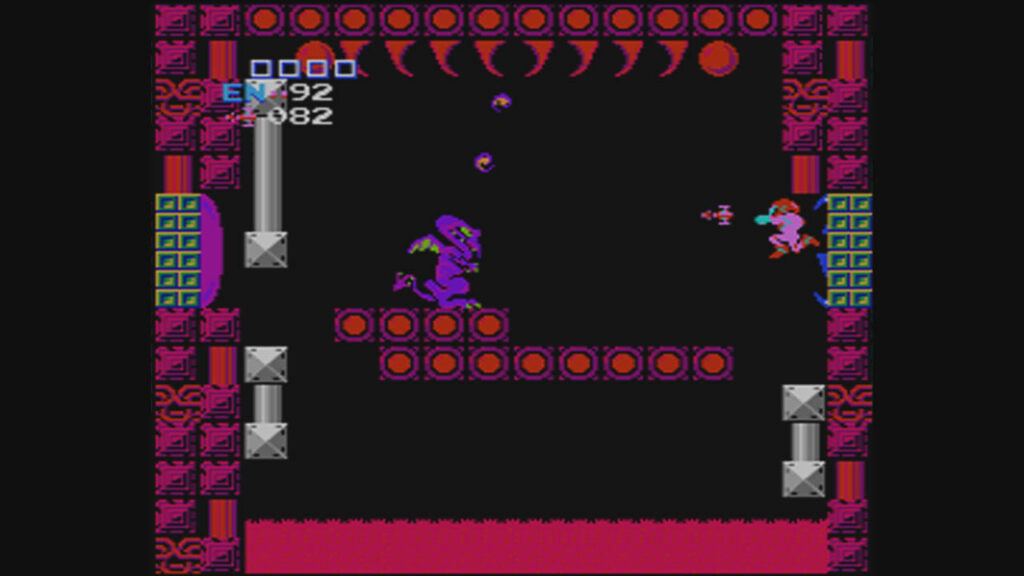
The GBA NES Classic port of Metroid is a very reliable way to play Samus’ first hunt that does not allow easy save state exploitation and keeps the experience mostly fair. You will still have to contend with a complete lack of direction and no map, but at least continuing where you left off is painless.
Another means to play the original Metroid is to unlock it in the remake Metroid: Zero Mission. Not only is this remake fairly easy to acquire, most used copies will have likely already unlocked the original game.
There is very little reason to ever play the original Metroid over Zero Mission, other than for retro novelty sake. The remake is practically a totally different experience, but it is a more accessible game that does honor the intent of the original.
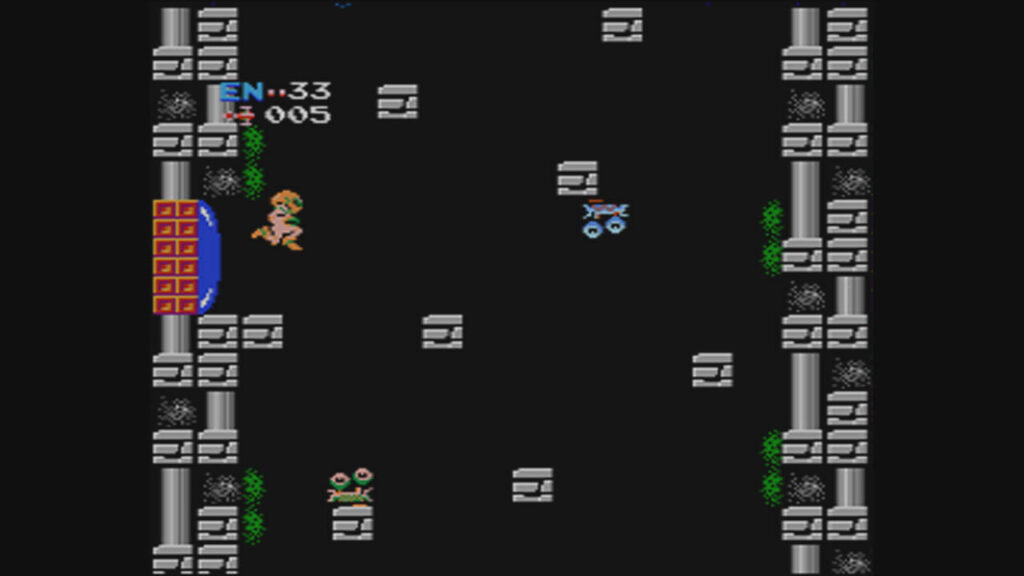
Zero Mission has tighter controls, and level design that is constructed in a way that guides the player. Obviously it looks better, but this is to be expected. It was a late generation GBA title, and has some of the best sprite art and animation Nintendo ever produced.
Its only failing is that it goes too far in the other direction of the original. It hand-holds the player by not only giving them a map, but also incorporating waypoints, so there is never any question of where to go. This does take away some of the mystery that the original Metroid has in spades, since it was nigh aimless.
A sweet spot that falls somewhere in the middle would have been preferred for either game. This was something that only Super Metroid got right; a generous map that does not overly explain. Too much information makes the experience feel like auto-pilot.
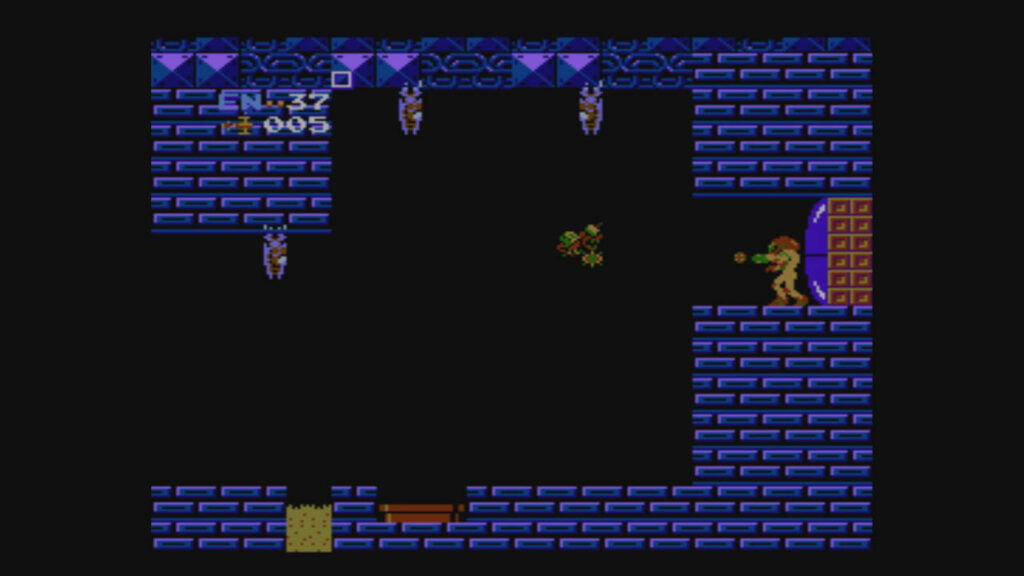
The concept of Metroid was just too ambitious for 1987. The design elements required to make the experience enjoyable were yet to be imagined, and the result is a game that is more of a proof of concept or some kind of prototype. Its ambiance and music stand out and do elevate it from being totally unplayable.
It may be a hellish and frustrating alien landscape to scour, but it does make for a much more interesting experience than if it was too easy. There is probably a mod out there that refines Metroid to be incredible, and would likely address all the substantial flaws that plague it.
This is an important piece of game design history, where programmers were barely coming to grips with what could be done. This does not excuse Metroid for being a frustrating experience; Contra came out the same year and was focused in its design.
Other than the audio/visual qualities, the the best things that came from Metroid was how got past its growing pains of a new sub genre.
Metroid was reviewed on Gameboy Advance using a personal copy. You can find additional information about Niche Gamer’s review/ethics policy here.